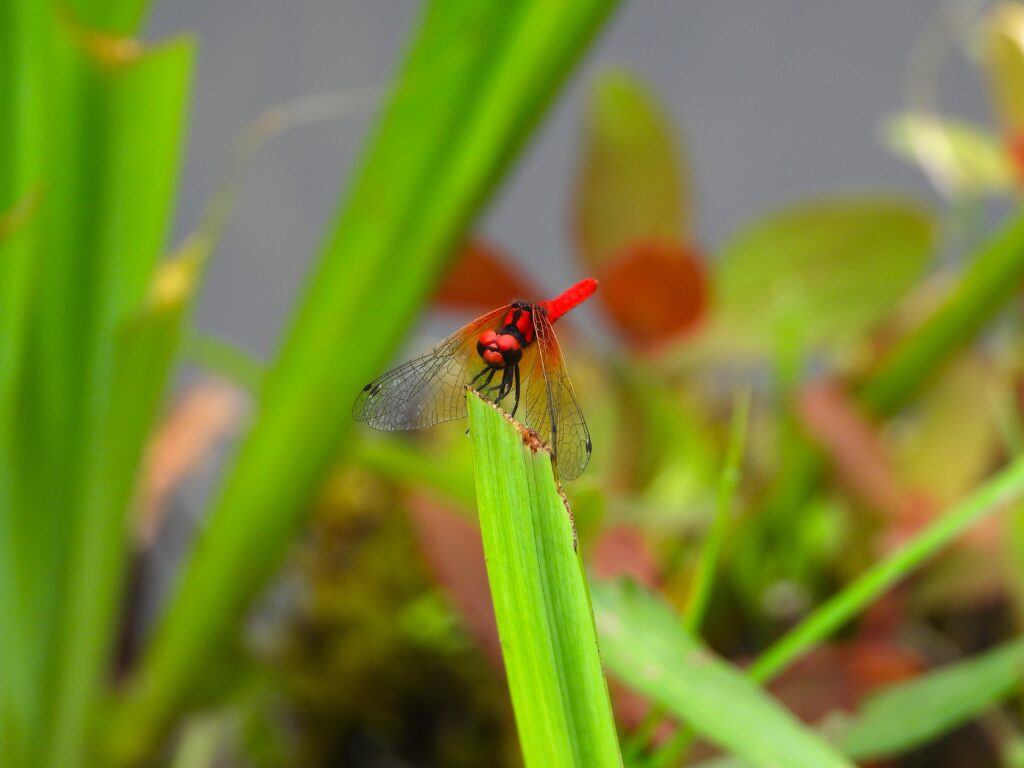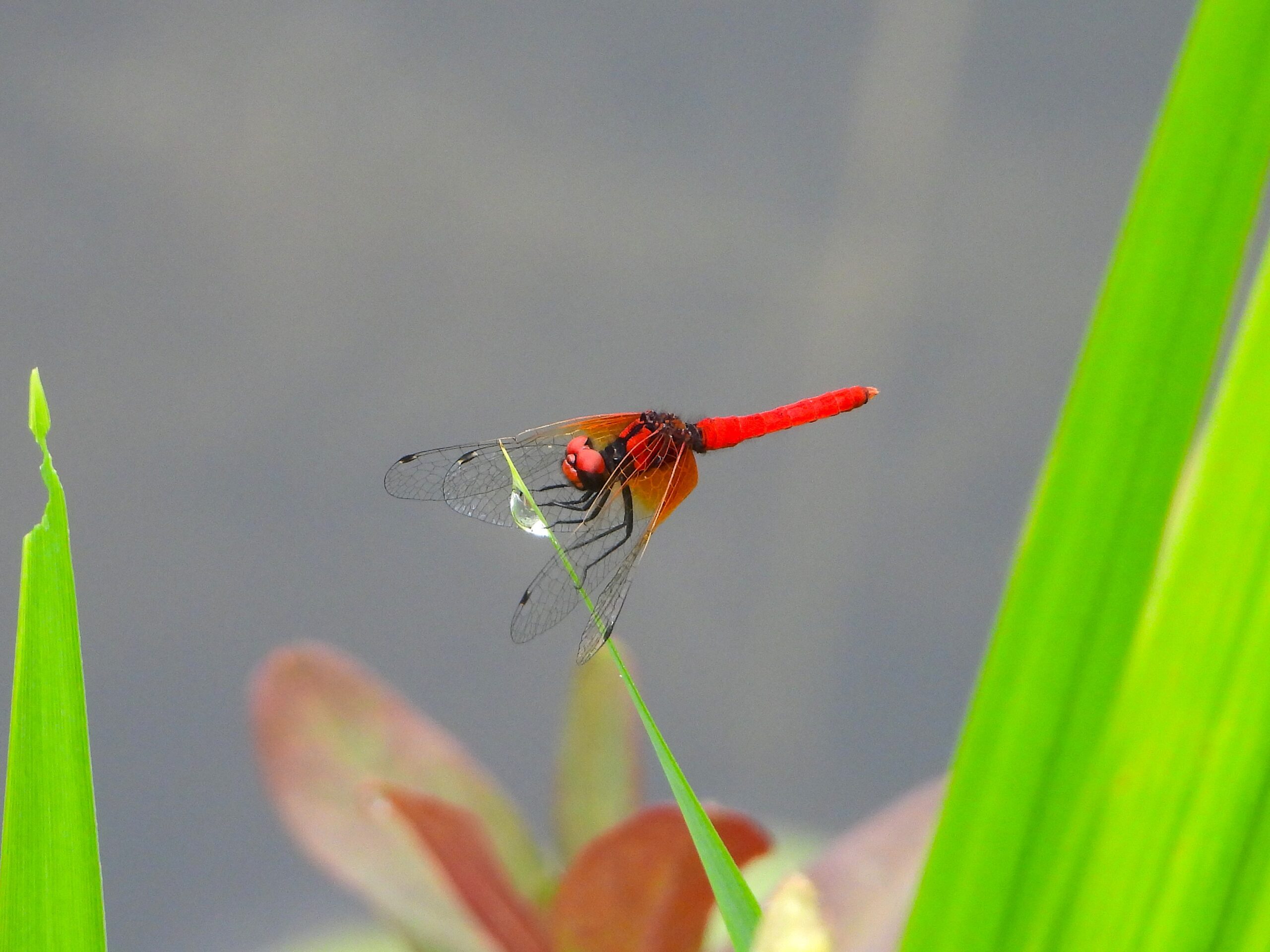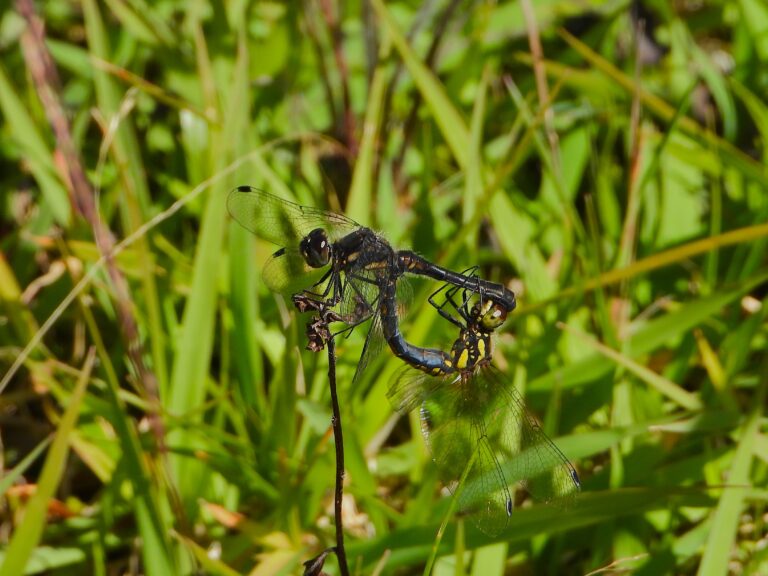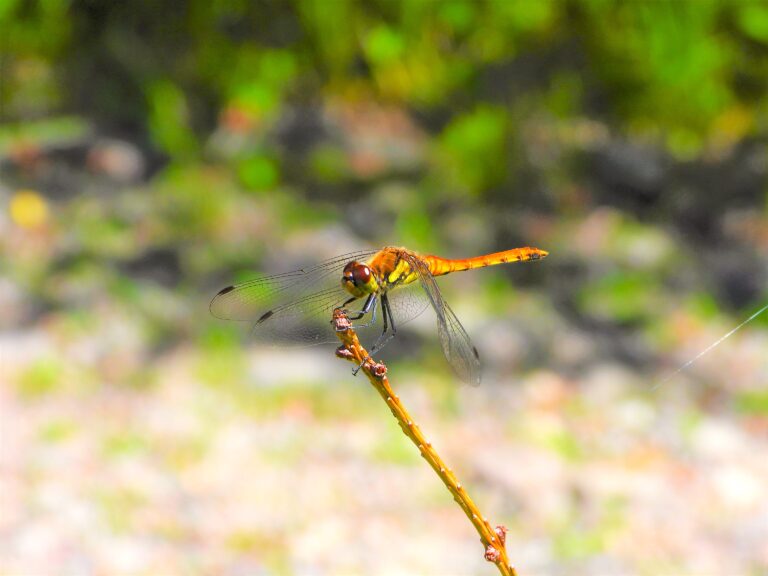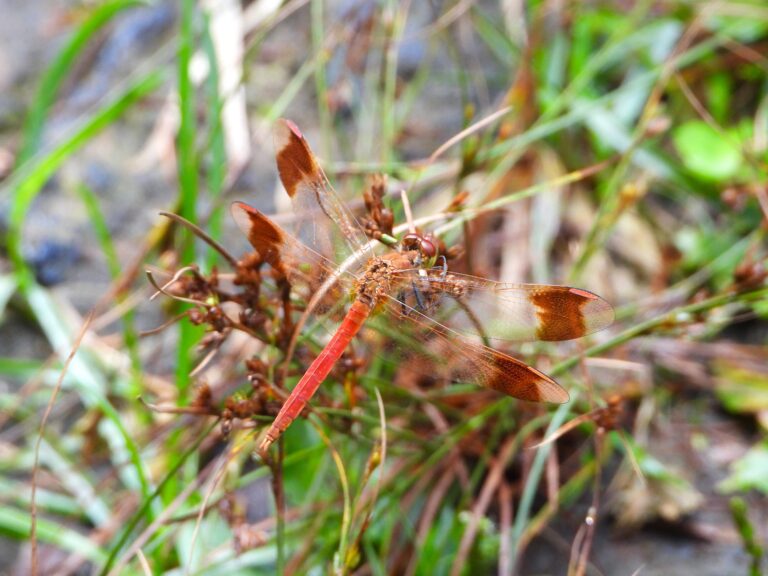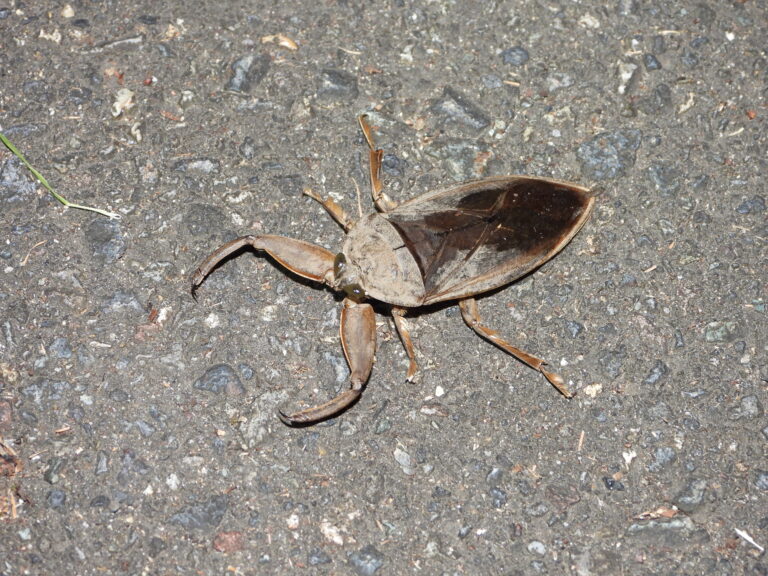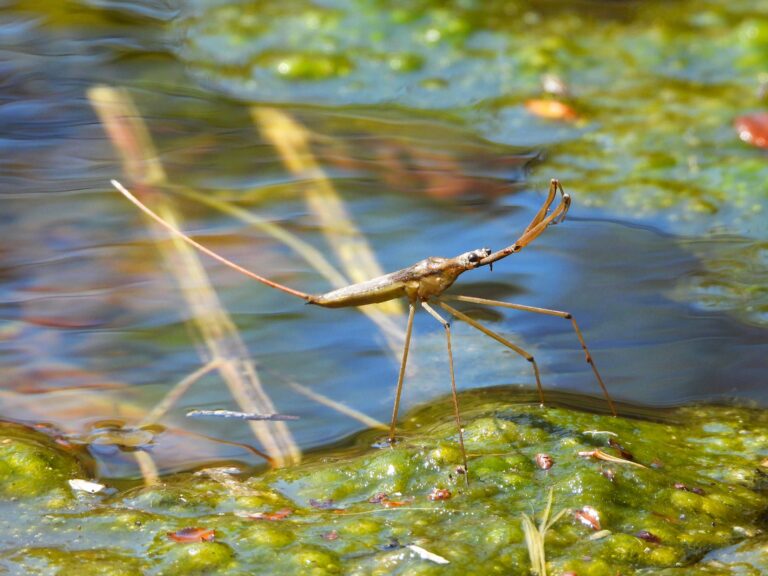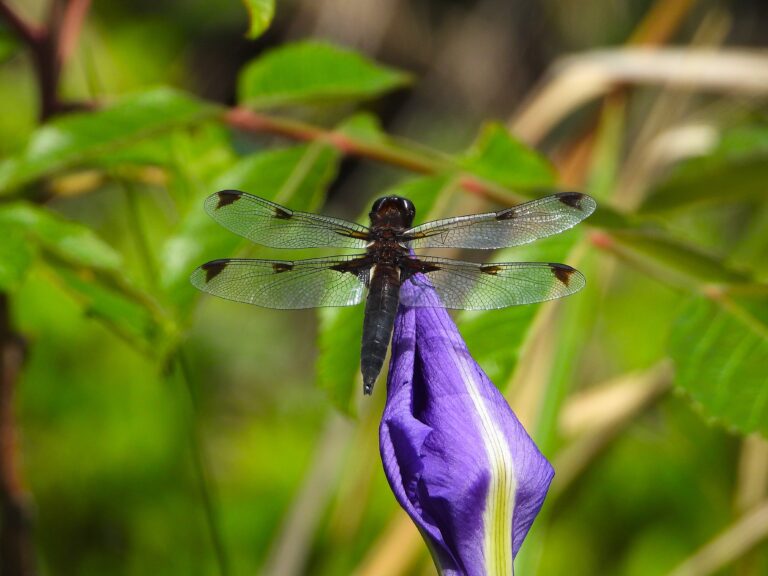Scarlet Dwarf (Nannophya pygmaea) – Wildlife of Japan
Introduction
The Scarlet Dwarf is the smallest dragonfly species in Japan and among the smallest in the world. Adults are tiny, with a body length of about 17–21 mm and a hindwing length of 13–16 mm. Despite their size, they show vibrant colors and a striking presence in sunny wetlands.
Appearance
Adult males are vivid red over the thorax and abdomen, while females and immatures are yellowish-brown with dark abdominal bands. The wing bases sometimes show a faint amber tint. Newly emerged individuals are paler and gradually gain their mature coloration.
Habitat & Distribution
In Japan, the Scarlet Dwarf occurs locally across Honshū, Shikoku, and Kyūshū. It favors very shallow, sunlit, nutrient-poor wetlands such as spring-fed bogs, small peatlands, and lightly managed or recently abandoned rice paddies with only a few centimeters of water.
Where to See in Japan
Populations can be observed in protected wetlands such as Yurihonjō (Akita) and Yuza (Yamagata). The main observation season is from late May to July, though in some regions adults can still be seen later depending on climate and habitat conditions. Always stay on boardwalks and follow conservation rules.
Behavior
Adults often perch low on sedges or other emergent plants along shallow water margins and make short flights to catch prey.
Diet
Like other dragonflies, adults feed on small flying insects such as midges and mosquitoes, while larvae prey on aquatic invertebrates in the shallow mud.
Reproduction
Breeding occurs in early summer. Females lay eggs on the water surface among very shallow vegetation, and the larvae develop in warm, shallow margins.
Conservation
Globally the Scarlet Dwarf is assessed as Least Concern, but in Japan many prefectures list it as threatened or near-threatened due to the loss and succession of small open wetlands. Protecting and managing shallow, open habitats—including suitable abandoned paddies—is essential for its survival.
Taxonomy Note
Some recent Korean studies use the name Nannophya koreana for Korean populations, but Japanese and most international references continue to treat all as Nannophya pygmaea.
Author’s Impression
When I first saw a Scarlet Dwarf, I honestly didn’t realize it was a dragonfly—it was so tiny that I mistook it for a small red insect. Looking through the lens, its miniature perfection and vivid red among the green sedges left a lasting impression.
